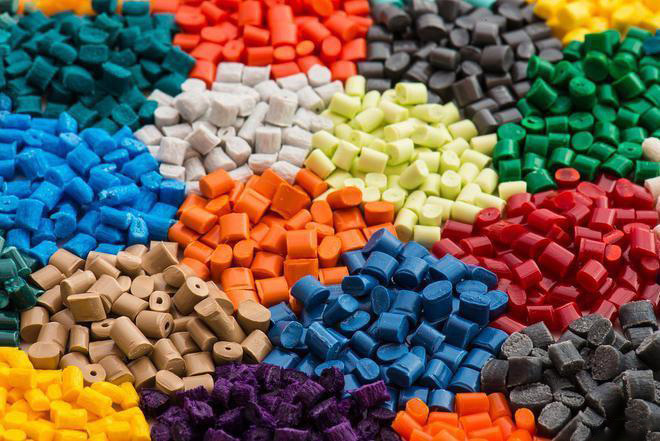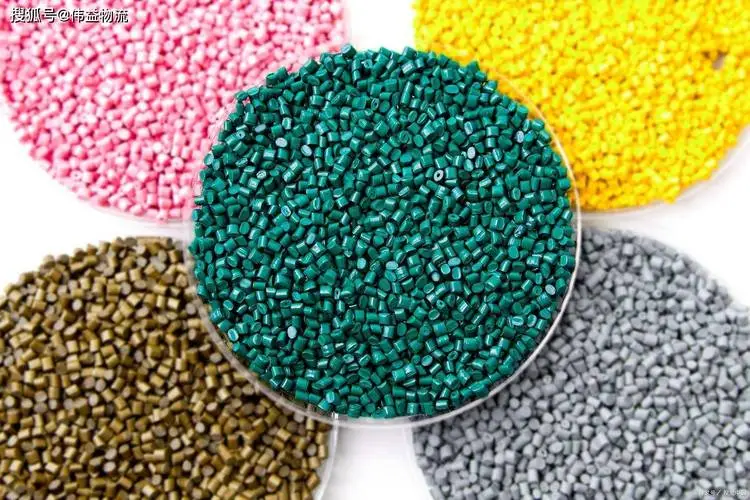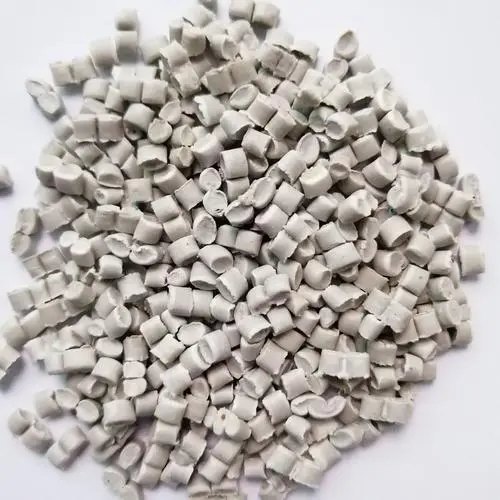Practice of Production and Utilization of Plastic Masterbatch
Release Time:
May 23,2024
Practice of Production and Utilization of Plastic Masterbatch Plastic masterbatch is a concentrated mixture of pigments and additives encapsulated during a heat process into a carrier resin which is then cooled and cut into a granular shape.

Production Process:
The production of plastic masterbatch involves several key steps. First, the raw materials, including pigments, additives, and carrier resins, are carefully selected based on the desired properties of the final product. The pigments are dispersed in the carrier resin with the help of additives to ensure uniform color distribution. This mixture is then processed using twin-screw extruders or high-speed mixers to achieve a homogenous melt. The molten mass is cooled and cut into pellets, which are then ready for use in the plastic industry.
Types of Plastic Masterbatch:
There are various types of plastic masterbatch available, each designed for specific applications. White masterbatch is commonly used for coloring white plastic products, while black masterbatch is used for black coloring. Additionally, there are color masterbatches available in a wide range of shades to meet the diverse needs of the industry. Furthermore, additive masterbatches like UV stabilizers, anti-oxidants, and flame retardants are used to enhance the properties of plastic products.
Utilization in the Plastic Industry:
Plastic masterbatch plays a crucial role in the plastic industry by providing a cost-effective solution for coloring and enhancing the properties of plastic products. By using masterbatch, manufacturers can achieve consistent color quality, reduce production time, and minimize waste. Moreover, masterbatch allows for flexibility in color customization, making it an ideal choice for various applications like packaging, automotive, construction, and consumer goods.
Advantages of Plastic Masterbatch:
The use of plastic masterbatch offers several advantages over traditional methods of coloring plastic products. Masterbatch provides better dispersion of color pigments, resulting in a more uniform and vibrant color appearance. It also allows for easy handling and storage, reducing the risk of contamination and waste. Additionally, masterbatch is highly adaptable, making it suitable for a wide range of plastic resins and processing methods.
Challenges and Future Trends:
Despite its many benefits, the production and utilization of plastic masterbatch come with certain challenges. Issues like color migration, compatibility with base resins, and cost considerations need to be addressed to ensure optimal performance. Looking ahead, the industry is witnessing a growing demand for sustainable and eco-friendly masterbatch solutions. Innovations in bio-based and biodegradable masterbatch are expected to drive the future development of the plastic industry.
In conclusion, plastic masterbatch is a versatile and indispensable material in the plastic industry, offering numerous benefits in terms of color quality, performance enhancement, and cost-efficiency. By understanding the production process, types, utilization, and future trends of masterbatch, manufacturers can make informed decisions and stay ahead in the competitive market.
Keywords:
More information






